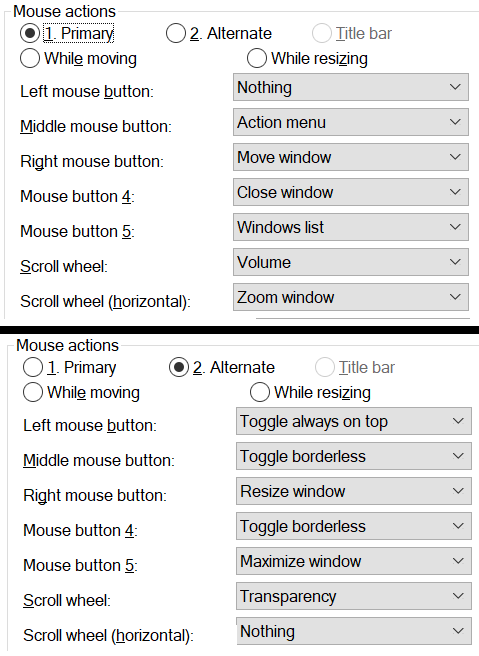

Seconding AltSnap although I use normal controls with an Alt key bound to a mouse button. Special shoutouts to “Action menu” for all the cool stuff it lets you do and “Windows list” which is just a better version of Alt+tabbing if you have multiple monitors.








This is a good one. I had a high school computer class and we had a quiz question that was something like:
Of course, the only correct answer was “d”. I thought it was such a one-dimensional and purposely ignorant question. I’m not even a piracy advocate or anything, but that was kinda ridiculous.